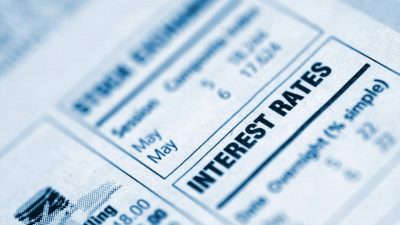Call me a spoilsport. But I’ve never been very comfortable with the odds of winning the National Lottery. The official figures show that your chance of winning a £1m prize is 1 in 7.5 million. The chances of winning the jackpot are a lot worse — roughly one in 45 million.
Basically, this means you’re not going to win the jackpot. You’re more likely to win a prize of £1,750 (odds of 1 in 144,415) or £140 (odds of 1 in 2,180).
If you play the lottery for long enough, you’ll probably win something. But these odds make it clear you’ll probably spend much more on lottery tickets than you’ll ever win back.
Can you live with a 93% loss?
If you buy two lottery tickets a week at £2 each for 20 years, you’ll spend a total of £4,160. This would buy you 2,080 tickets. Statistically, this number of tickets would probably be enough for you to win two £140 prizes, giving you a total win of £280. That’s equivalent to a 93% loss on your ‘investment’ of £4,160.
If you paid £4 per week into the stock market instead, then your £4,160 investment could be worth £10,262 after 20 years, based on a typical long-term annual return of 8%. Although this £10k won’t be enough to let you retire, it would give you a 146% return on the £4,160 you’ve paid in during this period. That’s a lot better than the likely loss of 93% if you rely on the lottery.
How to get started with stocks
Investing in stocks can be pretty scary to start with. It’s not something they teach at school and there’s a lot of jargon involved. The good news is understanding the basics is really easy.
A share represents part-ownership of a company. If your local double glazing company issued 10 shares and you bought one of them, you would own one-tenth (10%) of the company.
Each year, a company’s profits are divided by its share count to give a figure known as earnings per share, often known as eps. This figure is often used to work out a price for a share.
For example, investors might value shares in a business with limited growth prospects at 12 times earnings per share. A fast-growing company where profits are rising might attract a higher price of perhaps 20 times earnings per share. This multiple is known as the price/earnings ratio. It’s often shortened to P/E, or PER.
Making money from shares
As a general rule, if a company’s profits rise consistently each year, its share price will rise too. That’s one way to make money from shares.
The other way to make money from shares is from dividends. A dividend is a portion of a company’s profits that’s paid in cash to shareholders. Like earnings, dividends are usually expressed as an amount per share.
For example, supermarket giant Tesco reported earnings of 13.6p per share last year. Out of this, it paid a dividend of 5.8p per share.
Dividing the dividend by the share price gives the dividend yield. This is similar to the interest rate on a savings account. Tesco’s dividend yield is about 2.3% at the time of writing.
Next time, I’ll explain how you can invest small amounts into the stock market without facing excessive costs. Until then, this might be of interest.






